24 shares
A vehicle’s front end is composed of many different steering components, each of which plays a pivotal role in providing ample maneuverability. However, these components must all be in satisfactory condition to operate at an optimal level. This bears consideration, due to the fact that each of these components is susceptible to wear with enough time.
Of the various steering components found in a vehicle’s front end, few play quite as pivotal of a role as a matching pair of tie rods. A vehicle’s tie rods transfer steering effort into rotational movement, thereby allowing a car, truck, or SUV to corner with efficiency.
Unfortunately, a vehicle’s tie rods are largely expandable, requiring replacement as they begin to wear. This wear becomes evident due to a range of symptoms that often arise. If attentive enough, a motorist can recognize these symptoms, thereby allowing them to remedy the issue at hand in a timely manner.
Read on to learn more about the various symptoms associated with a bad tie rod, as well as how to address such issues, should they arise in the future.
Read Also – 4 Symptoms of a Bad Control Arm
Table of Contents
A tie rod is a critical steering component found within the front end of cars, trucks, SUVs, and Jeeps. This specialty linkage distributes mechanical force to each of a vehicle´s front tires, in order for inward/outward rotation.
A vehicle´s tie rods are anchored to a hub´s steering knuckle at one end, and the steering rack at their opposing end.
A vehicle´s tie rods also play a pivotal role in setting and maintaining front-end alignment. The “toe“, or inward/outward orientation of a vehicle´s front tires, is manipulated by adjusting a car or truck´s tie rods.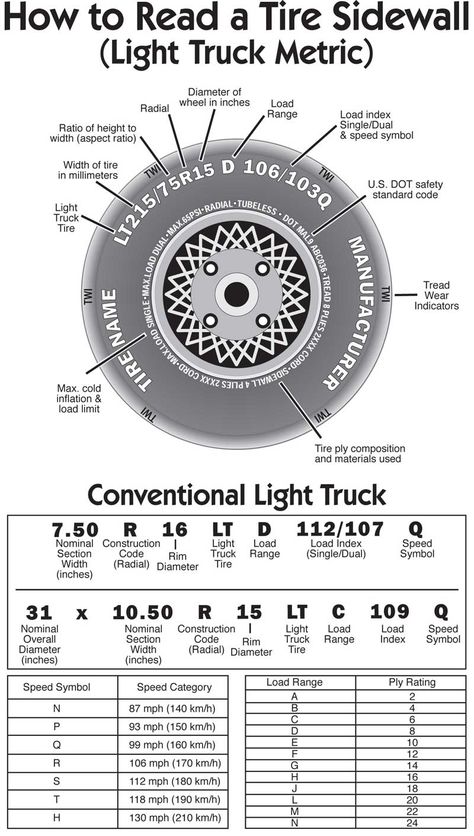
This, in turn, prevents abnormal or irregular tire wear, thereby optimizing tread life.
When discussing tie rods, many fail to identify the segment of tie rods that they are referring to. During such conversations, most car owners are attempting to describe their vehicle´s outer tie rods, or tie rod ends.
This is the segment of the tie rod assembly that contains the ball joint which affixes to a vehicle’s steering knuckle, and threads into the inner tie rod at its opposing end.
The other segment of a vehicle´s tie rod assembly is the inner tie rod. This apparatus features female threads at its outward-facing end, into which the outer tie rod is threaded. The other end of the inner tie rod then threads into the vehicle’s steering rack.
The presence of a faulty tie rod is often accompanied by a number of secondary symptoms, some of which tend to be more severe in nature than others.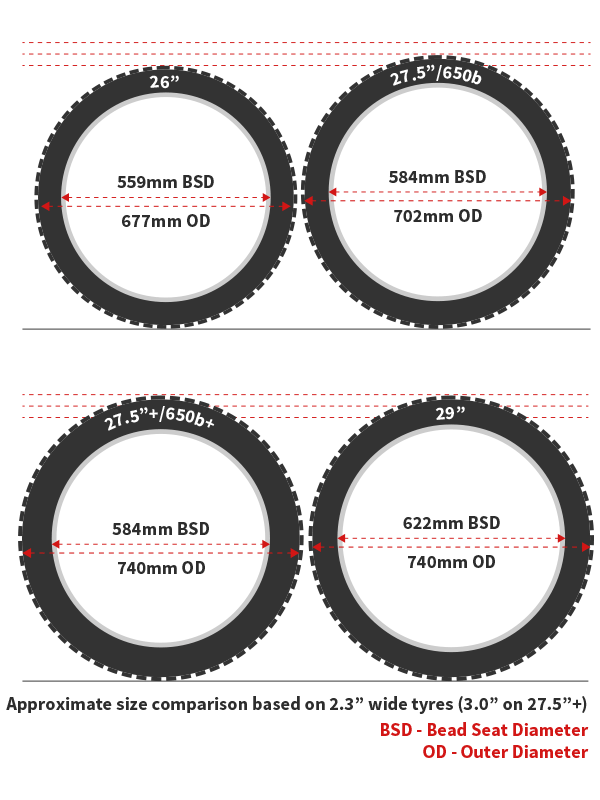 Recognizing these symptoms often proves valuable when attempting to diagnose and rectify the issue at hand.
Recognizing these symptoms often proves valuable when attempting to diagnose and rectify the issue at hand.
The following are several of the most common symptoms associated with a bad tie rod.
Unexplainable or irregular tire wear is among the most common symptoms of a bad tie rod. This stems from the fact that a vehicle´s tie rods directly dictate front-end alignment.
Tread wear resulting from a faulty tie rod often appears in the form of feathered inboard/outboard wear.
A general lack of steering responsiveness is another common sign of significant tie rod wear. This results from increased free-play between the articulating outer end of a tie rod, and the steering knuckle to which it is affixed.
In the most severe of cases, worn tie rod ends can actually produce a popping or clunking noise, due to heavy wear within the ball and socket of a tie rod´s outer end.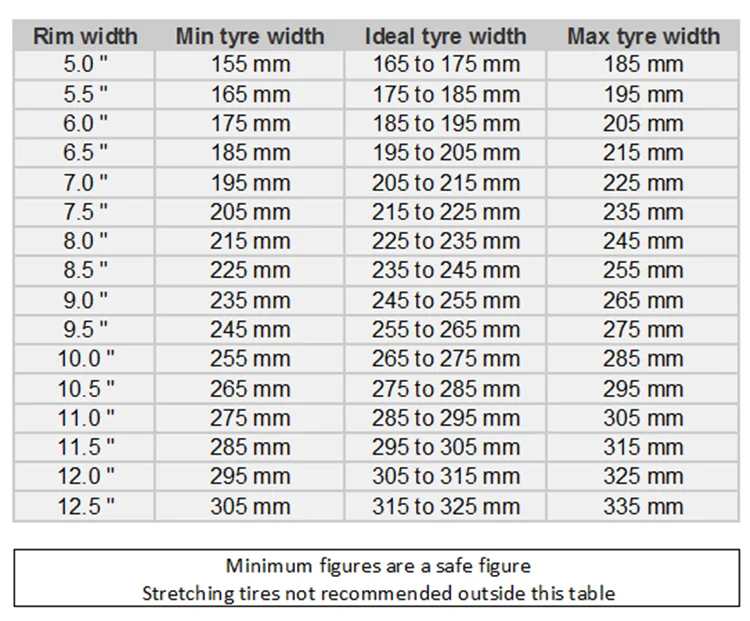 As slack is taken up within this joint, audible noise is produced when turning the steering wheel.
As slack is taken up within this joint, audible noise is produced when turning the steering wheel.
In certain instances, tie rod wear can produce a vibration that is felt through a driver´s steering wheel. This vibration tends to be felt most prominently when driving over uneven terrain, or when negotiating turns at lower speeds.
A tie rod can fail for numerous reasons, though standard wear and tear stands as the most common cause of such issues.
Throughout a vehicle’s lifetime, both inner and outer tie rods, as well as other critical front-end components such as ball joints, are subject to a significant amount of stress during their service life. This, in turn, causes eventual degradation.
This wear and tear only accelerate if a vehicle´s tie rod ends are not lubricated sufficiently. While some tie rod ends are lubricated sufficiently from the factory and are sealed from further service, many others require periodic lubrication with the use of a grease gun.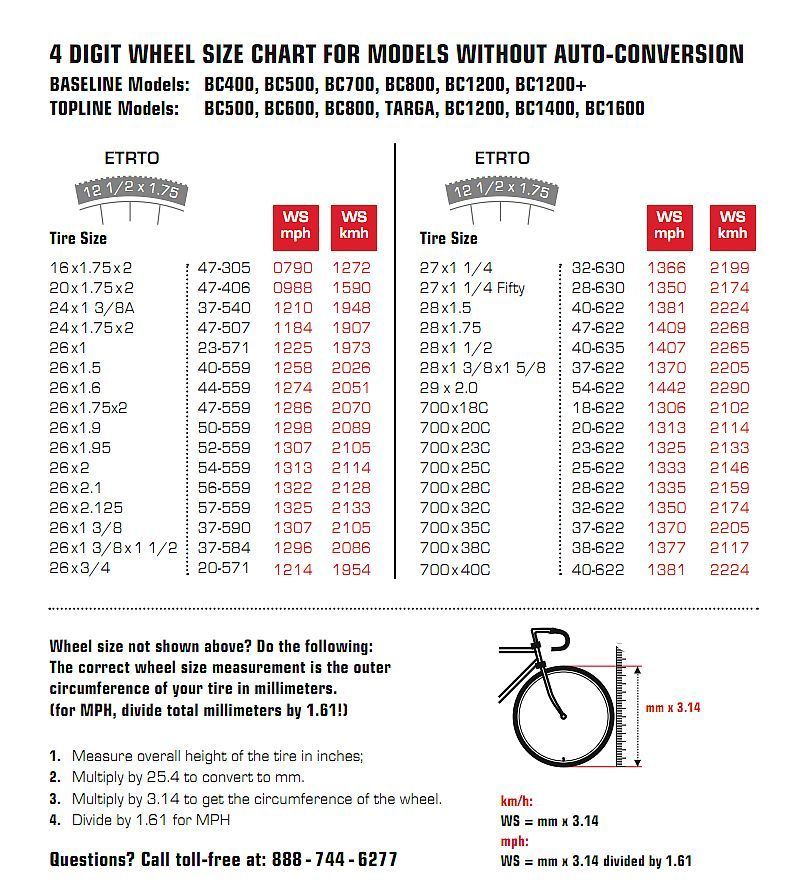
A failure to grease these critical joints tends to cause accelerated wear.
Additionally, a vehicle´s tie rods can fall victim to damage originating from front-end collisions, or pothole strikes. In such instances, a tie rod typically becomes bent, causing substantial alignment-related issues. These alignment issues cannot be corrected until the affected tie rod is replaced.
Driving with a broken tie rod is never advised. This is due to the fact that each of a vehicle’s steering components is safety-sensitive in nature, including its tie rods.
Failure to rectify such an issue in a timely manner could lead to costly and dangerous consequences, potentially risking your safety, as well as the safety of other motorists.
In any event, a broken tie rod should be replaced as soon as possible. Doing so mitigates unnecessary risk, and prevents secondary damage to your vehicle.
If you do not feel comfortable tackling such repairs yourself, make an appointment with a trusted automotive service center at the first available opportunity.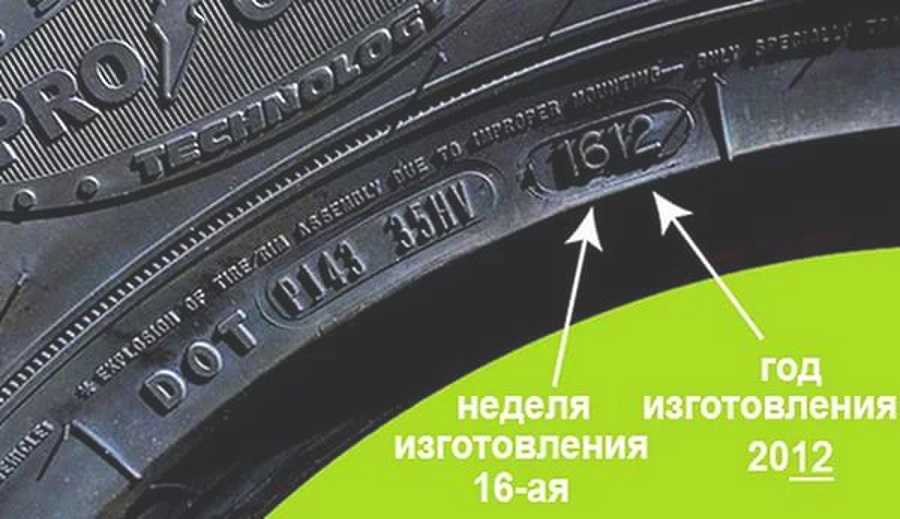
The cost associated with tie-rod replacement generally falls into an average range of $200-$500, though in rare instances, such costs can end up being much higher. The bulk of this cost is attributed to labor, which typically tallies up to a total of 2-3 hours, with another hour of labor billed for subsequent alignment.
The cost of a tie rod end itself is minimal in most cases, usually ranging between $30-$100 making up a relatively small percentage of overall repair costs. Pre-lubricated, factory-sealed tie rod ends tend to fall toward the higher end of this price spectrum.
Due to the fact that tie rod replacement tends to be quite pricey, it is important to take stock of your vehicle´s warranty, before proceeding with repairs. In some cases, such repairs might be covered under a vehicle´s factory warranty policy, especially if a vehicle is relatively new.
It is always advisable to replace tie rods in pairs. The presence of significant wear to one tie rod would likely foretell similar wear of the opposing tie rod as well.
The presence of significant wear to one tie rod would likely foretell similar wear of the opposing tie rod as well.
This is perhaps best illustrated when considering the fact that both of a vehicle’s tie rods are likely of the same vintage, meaning that they have been subject to near-identical wear and tear.
Not only does replacing tie rods in a pair make sense, but it also has the tendency to save motorists money in the long run. If you were to replace just one tie rod, only to replace a second tie rod at a later date, you would be forced to pay the cost of a wheel alignment multiple times, when only one would have ultimately been necessary.
Wheel alignment is highly advised after having a vehicle’s tie rod or tie rod ends replaced. This is due to the fact that the relative adjustment of a vehicle’s tie rods directly dictates a front end’s toe setting. This setting in itself is extremely important to steering efficiency, and tire wear as a whole.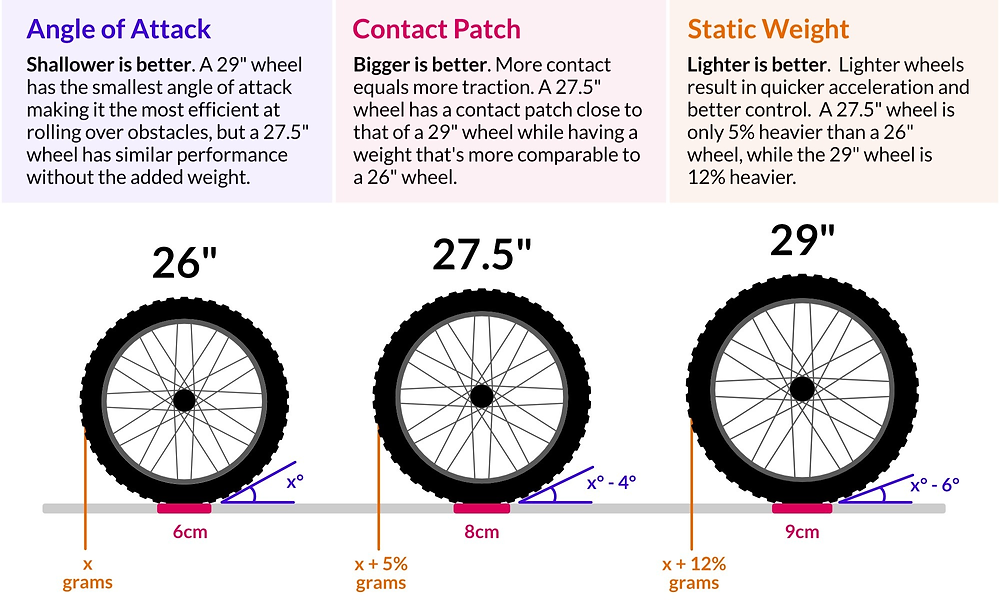
Forgoing wheel alignment following tie rod replacement can cause a vehicle’s tires to exhibit irregular wear, thereby necessitating premature replacement. Improper toe wear is most commonly observed as inboard/outboard feathering or heel-to-toe abnormalities.
The manner in which a tie rod end is threaded is largely dependent upon the model of the vehicle that is being repaired. However, the vast majority of vehicles feature tie rod ends that thread in opposing directions to one another.
Simply put, the threads of one tie rod end will feature left-hand threads, while the threads of the opposing tie rod end will feature right-hand threads.
Steve Cooper
Owner at Auto Trends Magazine
Steve is a former ASE Certified Technician and holds a degree in automotive service technology from Weber State. When he's not searching for a 10mm socket in his garage, he enjoys a good BBQ with family and friends.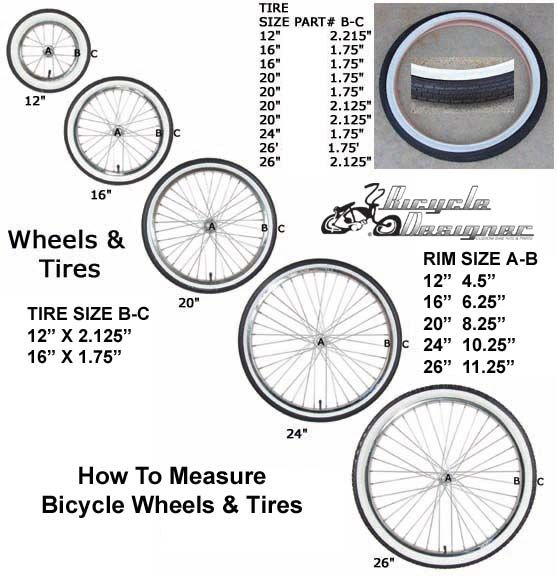
Latest posts by Steve Cooper (see all)
24 shares
If your car doesn’t seem to run as smoothly as it should, you might have malfunctioning tie rods. Tie rods are indispensable components of a car that keep your tires calibrated and actively manage your suspension system. However, tie rods tend to age over time, and they can wear out more quickly if you usually drive over bumps and rough terrain.
Damaged tire rods can induce additional stress on other components of your car, and this can cause even more impairments to your steering system. The faster you have your tire rods fixed, the less expensive repairs you will need to have in the future. In this article, we explain everything there is to know about tie rod replacement costs.
Tie rods are rods specifically geared to hold components together within the steering system of your vehicle. A combination of inner tie rods and outer tie rods connect the steering wheel to the front tires. Tie rods are designed to take tensile loads, and they are also found in other structures like steel bridges and masonry walls.
A combination of inner tie rods and outer tie rods connect the steering wheel to the front tires. Tie rods are designed to take tensile loads, and they are also found in other structures like steel bridges and masonry walls.
Most vehicles on the market contain a built-in rack-and-pinion steering system, which has a steering rack for helping drivers turn their cars. On the ends of this steering rack, tie rods operate by pushing and pulling the front tires as the steering wheel is turned. Thus, even though tie rods are tiny in comparison to other parts for steering and alignment, they play an integral role in the functioning of all parts of a car, including your undercarriage system.
Each turn of the steering wheel requires action by the tie rods of your car. As time passes, significant wear and tear can degrade their functionality. Tie rods can even break in half and stop functioning altogether if the damage is severe enough. Bad driving habits can further exacerbate overall damage to your car.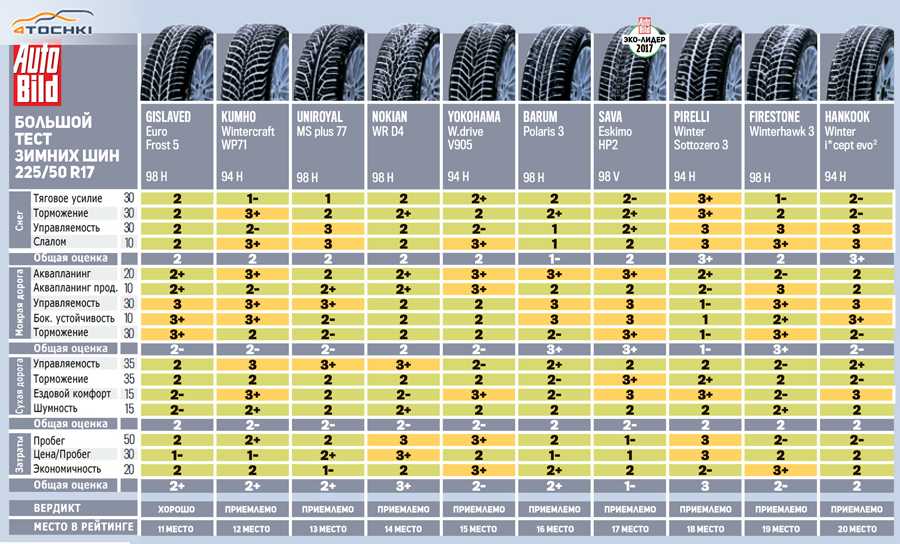
On the other hand, several external factors can also create issues with your tie rods. Car accidents and potholes can wear down tie rods and even snap them into two, which necessitates repair and replacement as soon as possible. Otherwise, your car might not steer properly or might not even start in the first place.
It is difficult to precisely predict the longevity of your tie rods. Some drivers can operate their cars for a decade without needing to replace their tie rods. Others might have to repair their tie rods once or twice throughout the lifespan of their vehicle — thus, they will have to face the tie rod replacement cost.
More often than not, the longevity of your tie rods depends on a combination of external factors you expose your car to while driving. Regularly encountering potholes and failing to slow down can both wear down tie rods and increase the risk of a tie rod replacement.
Broken tie rods have very noticeable signs. First, steering wheel vibrations can indicate that your tie rod ends have loosened, which can cause difficulties in turning your vehicle left or right. Another symptom to observe involves vehicle misalignment — your car may seem to pull to one side or the other. High-pitched humming or squeaking noises could also be a sign of a faulty tie rod. These indicate unintended metal-on-metal contact caused by a cracked rubber boot.
First, steering wheel vibrations can indicate that your tie rod ends have loosened, which can cause difficulties in turning your vehicle left or right. Another symptom to observe involves vehicle misalignment — your car may seem to pull to one side or the other. High-pitched humming or squeaking noises could also be a sign of a faulty tie rod. These indicate unintended metal-on-metal contact caused by a cracked rubber boot.
It can be tempting to ignore the potential issue of a bad tie rod and continue driving your vehicle around. However, faulty tie rods can affect other parts of your car, such as your brakes. If you allow the issue to persist for a long period of time, your vehicle could suddenly lose control and put passengers, pedestrians, and other drivers at risk of accidents on the road.
Thus, you should avoid using a vehicle with faulty tie rods, as it can lead to a dangerous position. The best step to take is to hire a competent mechanic to look at the issue and have your tie rods replaced as quickly as possible.
First, mechanics take a general look at your car and determine all the possible factors related to your problem. While your car may show symptoms of faulty tie rods, it could be possible that another component is causing the issue. After concluding that tie rods do need to be replaced, a mechanic will then take the tires off of your vehicle.
Afterward, using a wide variety of wrenches, they will remove the worn-down tie rods and install new components. As soon as they are in place, the mechanic will begin inspecting the suspension and steering systems for other worn-down components, which may have been damaged by the previous tie rods.
Then, they will grease the tie rods for smoother performance and test drive the vehicle for proper steering. A mechanic might also choose to carry out tire alignment if necessary, as this can be an issue for malfunctioning tie rods.
It is imperative that you fix bad tie rods as soon as possible rather than continuing to use your vehicle for a long period of time.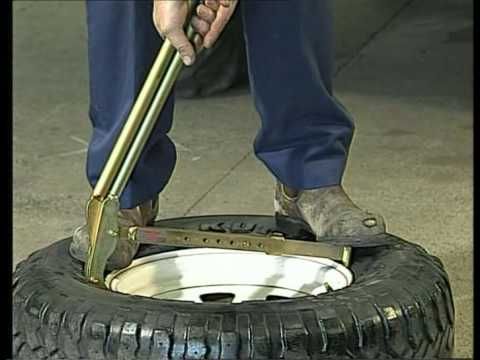 However, some drivers may hesitate to have their tie rods replaced due to the cost of this specific service.
However, some drivers may hesitate to have their tie rods replaced due to the cost of this specific service.
While tie rod replacement may not be as expensive as other forms of auto repairs, it overall depends on the type of your vehicle and the extent of damage done to your car. Furthermore, you will also have to factor in miscellaneous fees such as installation and labor in the overall cost.
The cost of replacing one tie rod end will approximately be $95 to $300. However, your mechanic might suggest replacing both the inner and outer ends of your tie rods. Moreover, there might be a chance you will need to fix other issues, such as your steering rack. You may have to spend around $640 to $1,200 for steering rack replacement based on component prices and labor costs.
Faulty tie rods can be costly, but you might be able to spend less money in several ways. If you are confident in doing inspections of your own tie rods, you can check whether they have gotten loose yourself.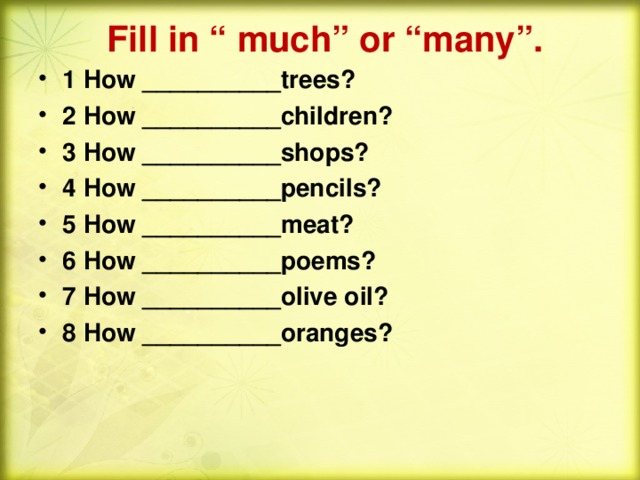 You can try holding a front wheel on its sides and simultaneously pushing and pulling with both hands to check for damage. You can also wiggle your tie rods to determine any looseness. Excess mobility will have to be addressed immediately.
You can try holding a front wheel on its sides and simultaneously pushing and pulling with both hands to check for damage. You can also wiggle your tie rods to determine any looseness. Excess mobility will have to be addressed immediately.
Moreover, if you are skilled and experienced enough, you can do your own tie rod repairs under the supervision of an expert or through an instructional video. While tie rod replacement is a relatively simple process, you might damage your car without proper knowledge and/or professional assistance. Therefore, you must only attempt DIY tie rod replacement if you are familiar with the workings of your vehicle as well as if you own the right tools at home.
Thus, we recommend having your vehicle checked by a suitable mechanic to ensure the overall safety of your car. Since about half of the total price is for labor, it is more affordable in the long run to purchase OEM automotive components or high-quality parts. You must also include a front-end alignment when estimating the total cost of repairs.
It is also a wise decision to compare labor rates at local repair services near you to decrease the overall cost as much as possible. Miscellaneous fees and taxes may be added to the final price, so we suggest weighing the options of either a dealership or a trusted independent shop so you can decide which works best for you.
It is important to replace faulty tie rods as soon as possible, as continuing to drive a car with malfunctioning steering and suspension systems can lead to potential issues. These risks include severe tire wear and misalignment of your vehicle. The best-case scenario would be a feeling of discomfort due to excessive vibrations of the vehicle and delays in schedule. On the other hand, the worst-case scenario would be complete failure of the tie rods, so control over the car could be lost in an instant.
However, it is equally necessary to address the overall state of your car and whether the tie rods are necessarily the problem.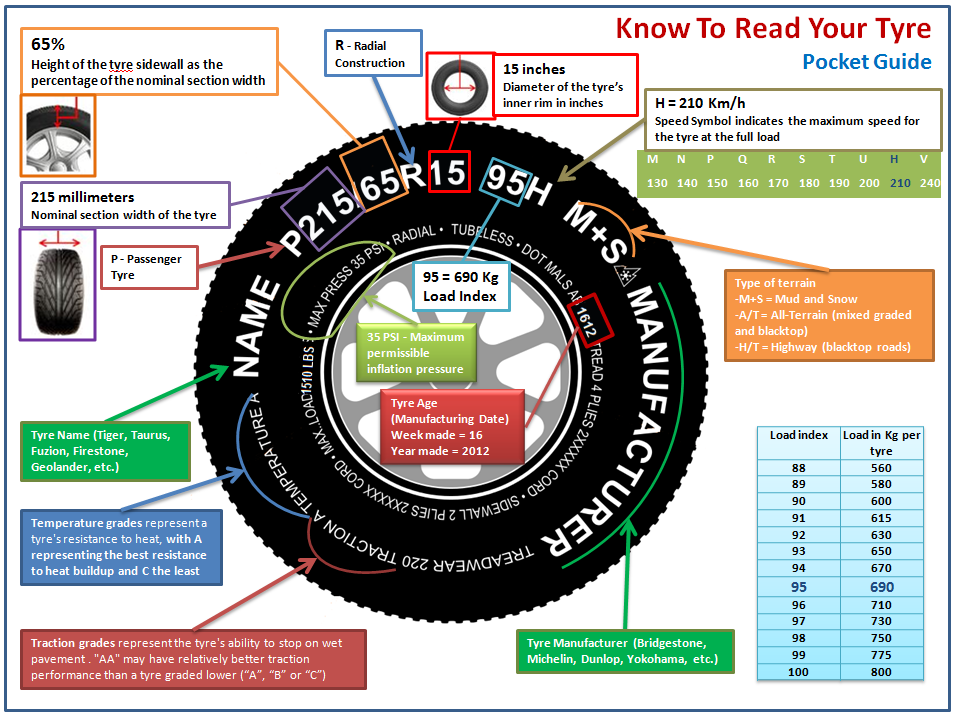 For example, if your car is an older model and has issues that would persist after replacing the tie rods, spending a hundred dollars on new components would likely not be a worthwhile investment.
For example, if your car is an older model and has issues that would persist after replacing the tie rods, spending a hundred dollars on new components would likely not be a worthwhile investment.
If your vehicle would benefit from replacing the faulty tie rods, then spending money for the services of a capable mechanic is a good option. However, an older car may not be suitable for driving even if the tie rods do get replaced. In this case, you may want to consider selling your car to a scrap dealer.
You can sell a used SUV, truck, or car for cash through Cash Auto Salvage. We remove the hassle of junking a vehicle, and we can provide you an offer in less than 90 seconds. Contact us today!
| Designation | R13 | R14 | R15 | R16 | R17 | R18 | R19 | R20 | R20+ |
|---|---|---|---|---|---|---|---|---|---|
| Price for 1 wheel | 300 | 350 | 400 | 425 | 475 | 550 | 650 | 700 | 800 |
| Price for 4 wheels | 1200 | 1400 | 1600 | 1700 | 1900 | 2200 | 2600 | 2800 | 3200 |
| Removal / installation | 100 | 100 | 100 | 100 | 125 | 150 | 150 | 180 | 180 |
| Tire fitting | 80 | 100 | 120 | 140 | 150 | 180 | 260 | 250 | 300 |
| Balancing | 120 | 150 | 180 | 190 | 200 | 220 | 260 | 250 | 300 |

| Designation | R15-R17 | R18 | R19-R20 |
|---|---|---|---|
| Price for 1 wheel | 600 | 650 | 800 |
| Price for 4 wheels | 2400 | 2600 | 3200 |
| Removal / installation | 150 | 190 | 200 |
| Tire fitting | 160 | 200 | 300 |
| Balancing | 290 | 260 | 300 |
Fitting low profile tires increases cost by 30%
Fitting any run flat tires increases cost by 30%
Adds 30% cost to off-road tires
average rating on Yandex. Maps
Maps
serviced vehicles per year
guarantee the quality of work of employees
our experience for your confidence
Set 1
Set 2
Set 3
Set 1
for those with 2 sets of tires
and 2 sets of rims
Complex 2
for those with 2 sets of
tires and 1 set of rims
Complex 3
for those with 2 sets of
tires and rims
Runflat
Run flat tires (RFT) only or less than 50% tire height
H
>
50%
Only for run flat tires (RFT) or less than 50% tire profile height
Tire service in the complex is cheaper than separately.
When performing work packages, additional work is possible that is not included in the package, for example, tire repair, rim flange cleaning and sealant treatment or wheel rim straightening, such work is paid extra.
Balance weights, valves, copper grease - free!
For comfortable storage of tires, we give branded bags.
*For the type of car, see the technical specifications from
car manufacturer.
Vehicle type *
PassengerCrossoverSUVMinibusCommercialCargo
Wheel diameter
Service center
Moscow, 55th km of the Moscow Ring Road, car market TC "AvtoMALL" Moscow, 62nd km of the Moscow Ring Road, vl. 7, gas station "Rosneft" Moscow, Aivazovsky, 2As2, gas station "Rosneft" Moscow, Academician Koroleva, 12A, gas station "Rosneft" Moscow, Vereiskaya, 7, building 2g.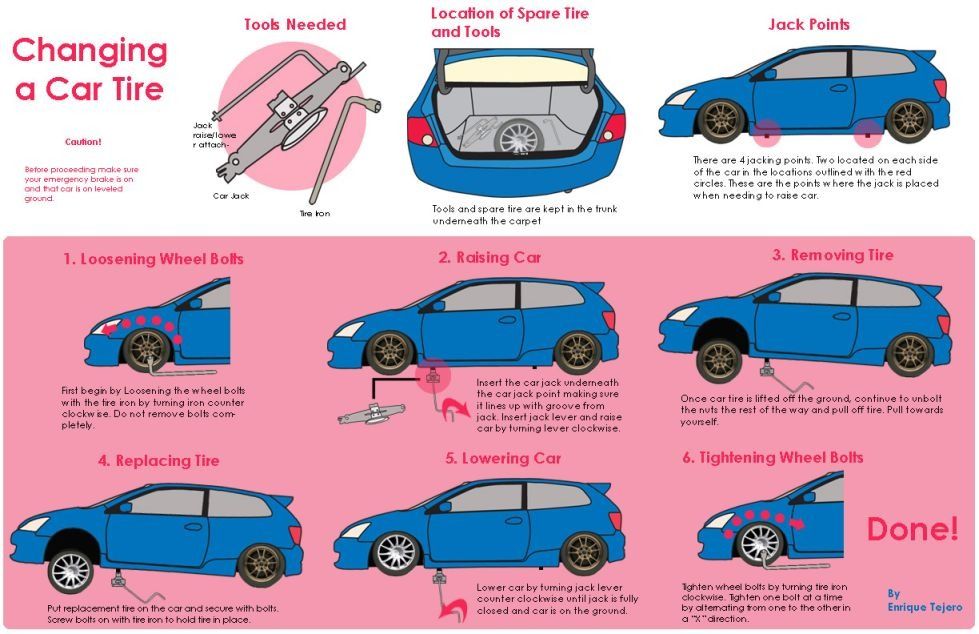 Moscow, Volgogradsky prospect, 24, building 1, gas station "Rosneft" Moscow, Volokolamsk highway, 79, gas station "Rosneft" Moscow, Geroev Panfilovtsev, 26 Moscow, Dekabristov, 49B, gas station "Rosneft" Moscow, Zagorodnoye shosse, 7, bldg. 1 (Sevastopolsky prospect) Moscow, Zelenograd, 1812 Moscow, Zelenograd, 4801, 3, gas station "Rosneft" Moscow, Zelenograd, 514, building 1d. Moscow, Izhorskaya, 8Bg. Moscow, Kulikovskaya, 20, building 1g. Moscow, Leninsky prospect, 137A, gas station "Rosneft" Moscow, Lyublinskaya, 92, gas station "Rosneft" Moscow, Marshal Katukov, 1 Moscow, Michurinsky prospect, 21, bldg. 2y. Moscow, Mozhayskoe shosse, 43, gas station "Rosneft" Moscow, Nakhimovsky prospect, 24A, gas station "Rosneft" Moscow, Novoukhtomskoe shosse, 2A, building 3d. Moscow, Prishvina, 2Ag. Moscow, Prospekt Mira, vl94s1V, gas station "Rosneft" Moscow, Profsoyuznaya, 84A, building 2, gas station "Rosneft" Moscow, Ryazansky prospect, 26 building 2, gas station "Rosneft" Moscow, Svobody, 79 Moscow, Severodvinskaya, 20 Ag.
Moscow, Volgogradsky prospect, 24, building 1, gas station "Rosneft" Moscow, Volokolamsk highway, 79, gas station "Rosneft" Moscow, Geroev Panfilovtsev, 26 Moscow, Dekabristov, 49B, gas station "Rosneft" Moscow, Zagorodnoye shosse, 7, bldg. 1 (Sevastopolsky prospect) Moscow, Zelenograd, 1812 Moscow, Zelenograd, 4801, 3, gas station "Rosneft" Moscow, Zelenograd, 514, building 1d. Moscow, Izhorskaya, 8Bg. Moscow, Kulikovskaya, 20, building 1g. Moscow, Leninsky prospect, 137A, gas station "Rosneft" Moscow, Lyublinskaya, 92, gas station "Rosneft" Moscow, Marshal Katukov, 1 Moscow, Michurinsky prospect, 21, bldg. 2y. Moscow, Mozhayskoe shosse, 43, gas station "Rosneft" Moscow, Nakhimovsky prospect, 24A, gas station "Rosneft" Moscow, Novoukhtomskoe shosse, 2A, building 3d. Moscow, Prishvina, 2Ag. Moscow, Prospekt Mira, vl94s1V, gas station "Rosneft" Moscow, Profsoyuznaya, 84A, building 2, gas station "Rosneft" Moscow, Ryazansky prospect, 26 building 2, gas station "Rosneft" Moscow, Svobody, 79 Moscow, Severodvinskaya, 20 Ag.